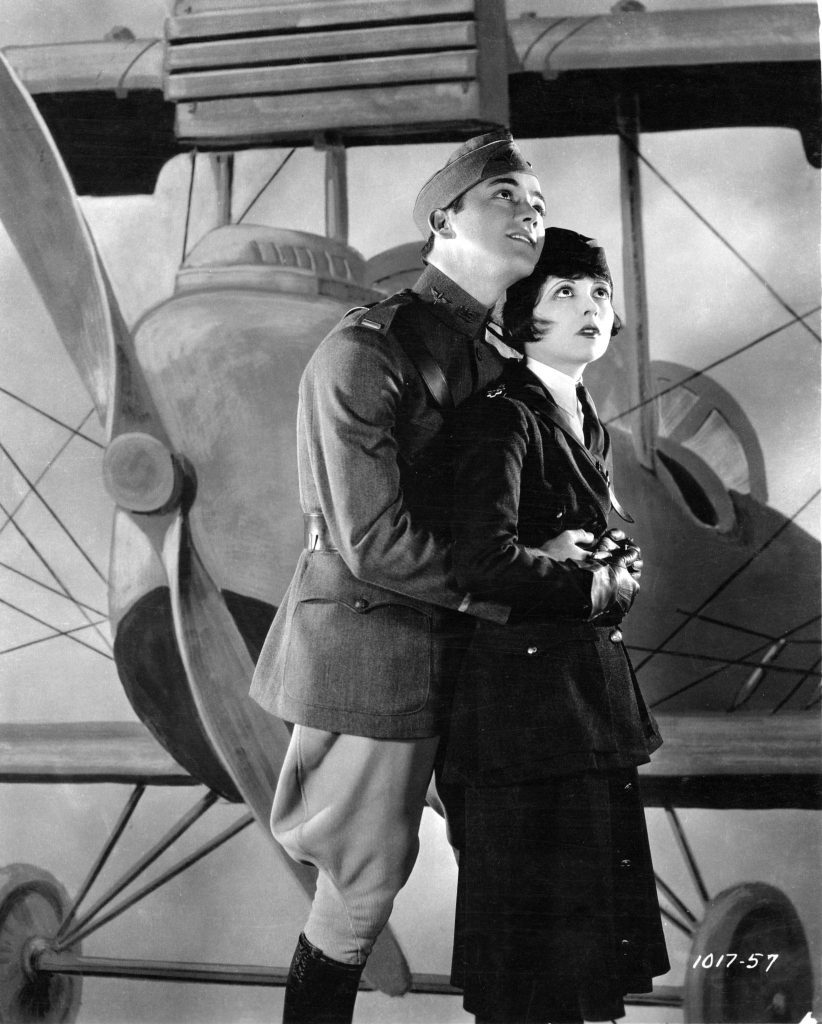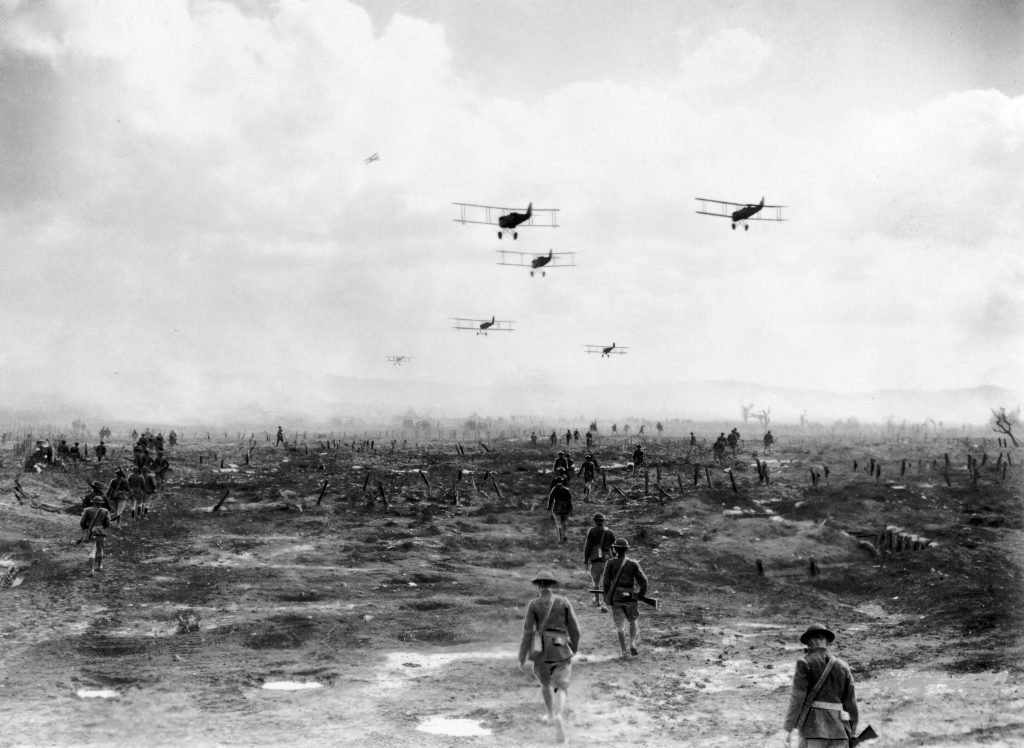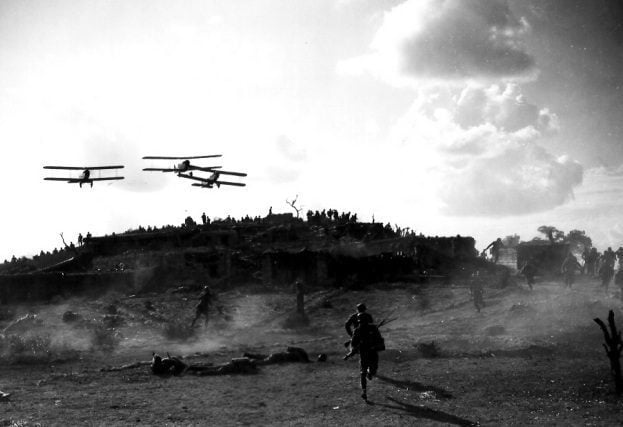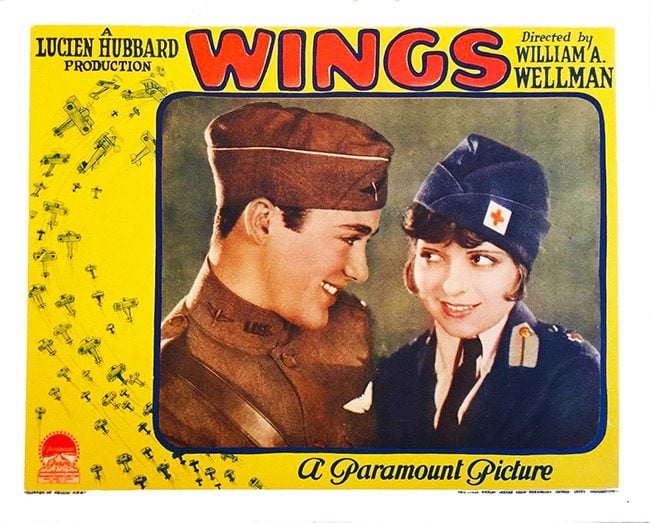Table of Contents
ToggleONE OF THE MOST INNOVATIVE HOLLYWOOD CLASSIC OF THE 1920s
By Anthony Martinez Rosales
The Stanford Daily – “20/20 Vision” – May 2023
“Wings” (1927) felt like just another war movie until I found out that it used real planes to film the aerial shots. The fact that filmmakers bore the cost just to immerse the audience deserves credit.
The plot itself is a straightforward World War I story. The film follows protagonists Jack Powell (Charles “Buddy” Rogers) and Davis Armstrong (Richard Arlen) as they become aviators in the American army, rise in ranks, fight in the war and become caught in a love triangle with Mary Preston (played by Clara Bow).
The story is touching and comedic at times but is by no means a masterpiece. I am more fascinated by how the movie was filmed. Film technology was limited at the time, so the cameras had to be attached to the plane with a rig. Director William Augustus Wellman’s spark of ingenuity gave audiences something new: a breathtaking, authentic look at our world from the sky.
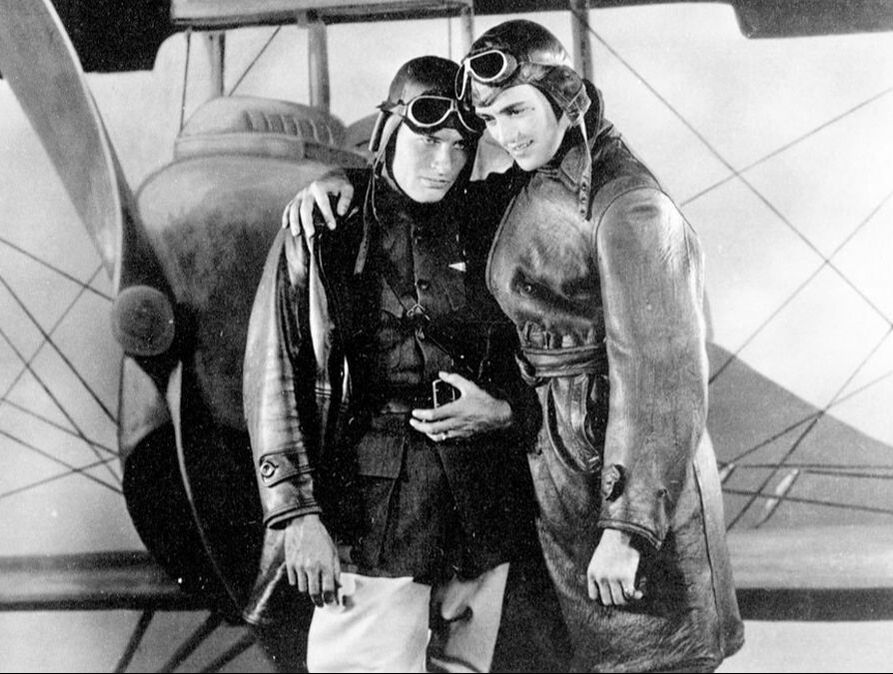
In previous issues of this column, I have discussed how 1920s films’ use of practical effects often resulted in an immersive viewing experience. Today, we still see practical shots being used in films — such as in Christopher Nolan’s “Tenet” and the “Mission Impossible” stunts, but early films like “Wings” didn’t have much of a choice. Another instance of truly remarkable film engineering comes in the making of the “café dolly shot,” which features the camera moving through different tables at a café until finally reaching our protagonist. The shot itself leads the audience to the protagonists in linear motion, while showcasing the vivid nature of the party and contrasting it with the stern nature of the protagonist. It keeps the audience focused until we arrive at the final frame. The creation of this scene, along with the plane aerial shots, helped “Wings” win the first Academy Award for Engineering Effects.
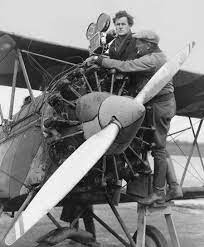
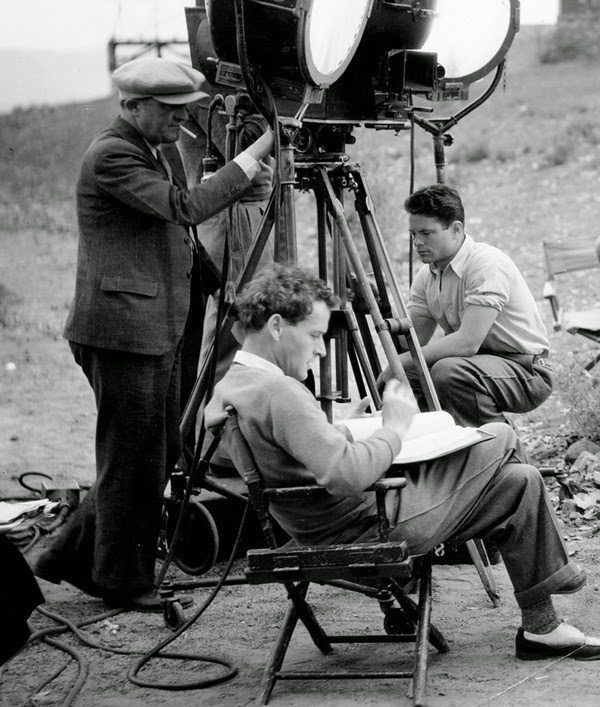
Most of all, this film shines because Wellman has a deep, personal understanding of the story. Having been a pilot in World War I, he was able to convey the brutal reality of war that he witnessed. Despite the PG-13 rating, this film depicts many deaths, such as a man being crushed by a tank. The film does not glorify war, and this is clear in the scene where the protagonist Powell shoots down his own friend because the latter is flying in a German plane. “Wings” was the very first film to win what we now know as the Best Picture Academy Award, and it remained the only silent film to receive it until 2012. Despite the film’s flaws and cliches — such as the love triangle — the ingenuity and passion behind this project shine through.
Contemporary movies also should be crafted from a place of curiosity and have a willingness to not only try something new, but also push the frontier of filmmaking. “Wings” (1927) shows that innovation and a heartfelt connection to the source-material can transform a film and make it a must-see gem.
Anthony Martinez Rosales is an undergraduate studying Electrical Engineering. He is from Colorado. When not writing, he can be found watching movies, hanging with family, or at the 5-SURE snack table.
